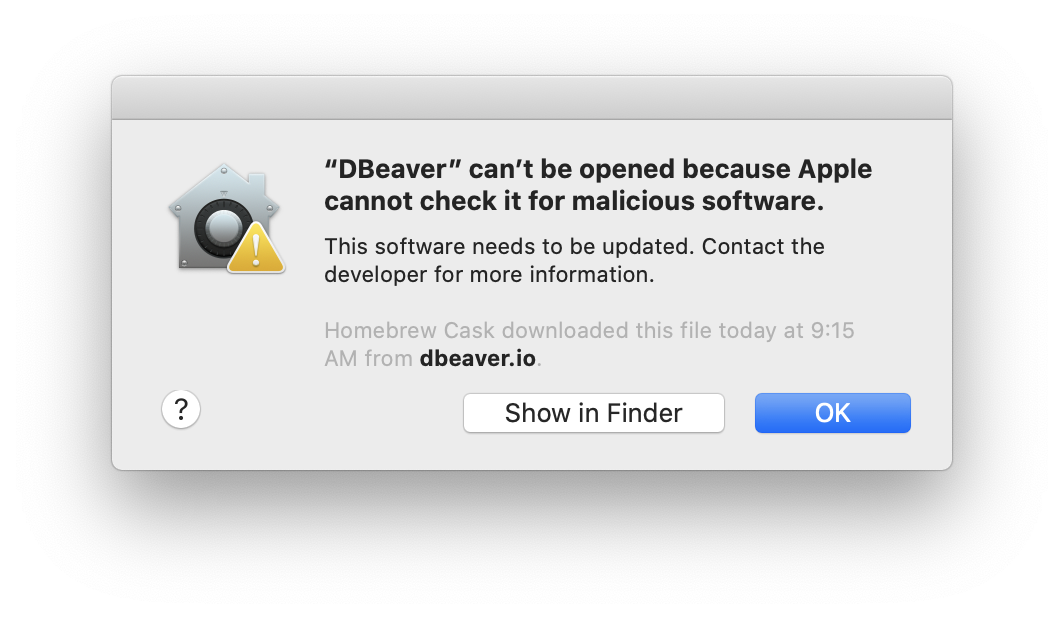Software development and cybersecurity might seem like two entirely different fields, but they are actually deeply intertwined. While software development is focused on creating new applications and technologies to make our lives easier, cybersecurity is focused on protecting those technologies from malicious attacks. In today’s digital age, it’s essential to understand how these two areas relate to each other and the importance of integrating them.
So, what exactly is software development? Put simply, it is the process of designing, building, and testing software applications. This includes everything from mobile apps and video games to enterprise-level software used by businesses and governments. On the other hand, cybersecurity is the practice of protecting computer systems, networks, and data from unauthorized access, theft, and damage. It involves a wide range of tactics and technologies, such as firewalls, encryption, and intrusion detection.
The integration of software development and cybersecurity is crucial for several reasons. First and foremost, as the world becomes increasingly reliant on technology, the risks associated with cyberattacks are also on the rise. Integrating cybersecurity into the software development process can help identify potential vulnerabilities and prevent them from being exploited. Additionally, incorporating security measures into software from the beginning can save time and resources in the long run, as it’s easier and more cost-effective to build security into the design of software rather than trying to patch up vulnerabilities after the fact.
Understanding the relationship between software development and cybersecurity
Developing software without proper cybersecurity measures can be a recipe for disaster. Without adequate security protocols in place, hackers can easily exploit vulnerabilities in the software, potentially leading to data breaches, system crashes, and other damaging consequences. These risks are even more significant for businesses and organizations that handle sensitive data, such as financial information or personal records.
To avoid these risks, cybersecurity must be integrated into the software development process. This involves creating a comprehensive strategy for securing the software, from the initial design phase all the way through to deployment and maintenance. By incorporating security measures at every stage of development, businesses can ensure that their software is protected against potential threats and that any vulnerabilities are identified and addressed before the software is released. This approach can help safeguard both the software and the users who rely on it.
Common security vulnerabilities in software development
Security vulnerabilities are a significant concern in software development. Some of the most common vulnerabilities include SQL injection and cross-site scripting (XSS). SQL injection involves an attacker inserting malicious code into an application’s input field, which can be used to gain access to sensitive data or execute unauthorized commands. XSS involves an attacker inserting malicious code into a web page, which can be used to steal user data or gain unauthorized access to a system.
To prevent or mitigate these vulnerabilities, businesses can take several steps. This includes implementing input validation to ensure that user input is screened for potential threats, using parameterized queries to protect against SQL injection attacks, and implementing web application firewalls to detect and block potential XSS attacks. Additionally, regular security testing can help identify any vulnerabilities before they can be exploited by attackers. By taking a proactive approach to security, businesses can minimize the risk of security breaches and keep their software and user data safe.
Secure software development life cycle (SSDLC)
The Secure Software Development Life Cycle (SSDLC) is a process designed to integrate security measures into every stage of the software development cycle. It is crucial for ensuring that software is developed with security in mind, minimizing the risk of cyber attacks and other security breaches.
The SSDLC process typically consists of several stages, including planning, designing, coding, testing, and deployment. In the planning phase, the software development team identifies potential security threats and creates a plan to mitigate them. During the designing phase, the team creates a blueprint for the software’s security architecture, which is used during the coding phase to build the actual software. The testing phase involves running various tests to identify vulnerabilities and other security issues, while the deployment phase involves releasing the software and monitoring it for any security issues that may arise. By following this process, businesses can ensure that their software is secure from the start and that any issues are identified and addressed early on.
Best practices for integrating cybersecurity into software development
Integrating cybersecurity into the software development process is crucial for ensuring that software is developed securely. Some best practices for doing so include using threat modeling to identify potential security threats, conducting regular security audits to identify vulnerabilities, and implementing security testing and code review to catch any security issues early on. Additionally, using secure coding practices, such as input validation and parameterized queries, can help prevent common security vulnerabilities like SQL injection and XSS. By implementing these best practices, businesses can ensure that their software is developed securely and that any potential security threats are identified and addressed before they can be exploited.
Tools and technologies for integrating cybersecurity into software development
Several tools and technologies can be used to integrate cybersecurity into the software development process. For instance, static code analysis tools can help identify potential security vulnerabilities in the code during the development phase, while penetration testing tools can simulate real-world attacks and identify vulnerabilities in the deployed software.
Other useful tools and technologies include security-focused IDEs and code editors, which provide security-focused code suggestions and alerts during development, and security information and event management (SIEM) systems, which can monitor and analyze system logs to detect potential security threats. By using these tools and technologies effectively, businesses can ensure that their software is developed securely, vulnerabilities are identified and addressed early on, and potential security threats are proactively monitored and mitigated.
Conclusion
In conclusion, integrating cybersecurity into software development is crucial for ensuring that software is developed securely and that potential security threats are identified and addressed early on. The Secure Software Development Life Cycle (SSDLC) provides a comprehensive framework for integrating security measures into every stage of the software development process, from planning to deployment. Additionally, best practices like using threat modeling and conducting regular security audits, along with tools and technologies like static code analysis and penetration testing, can help ensure that software is developed securely.
It is essential for businesses and organizations of all sizes to prioritize cybersecurity in their software development efforts. Cyber attacks can be costly in terms of both finances and reputation, and the risks are only increasing as technology advances. By integrating cybersecurity into software development, businesses can minimize the risk of security breaches and protect both their own assets and their customers’ data.
In today’s digital landscape, the importance of cybersecurity cannot be overstated. Businesses and organizations must take a proactive approach to integrating security measures into their software development processes to ensure that they stay ahead of potential security threats and protect themselves and their customers from cyber attacks.




